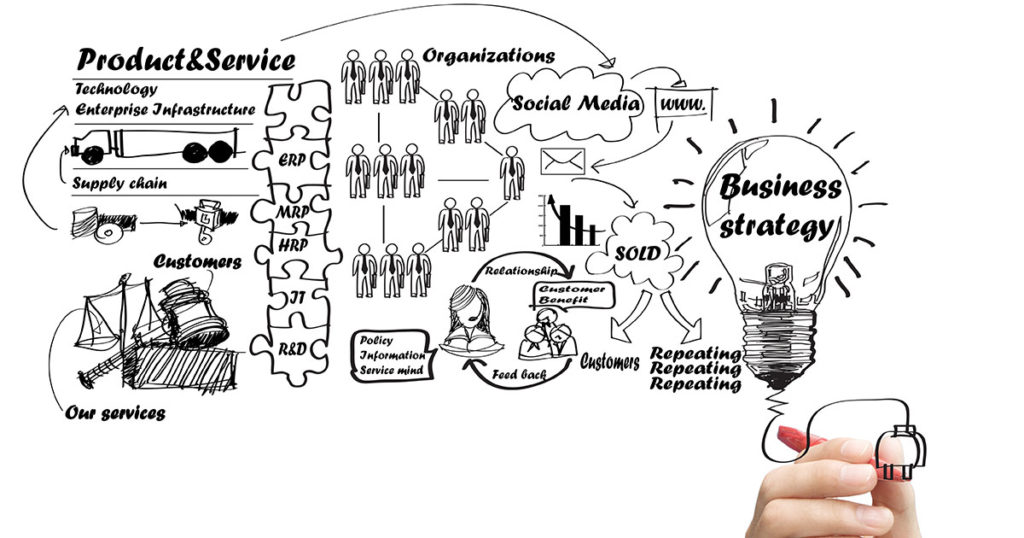The most advanced loyalty systems in the world mean little if customers do not feel connected to the brand behind them. After unifying data, applying predictive segmentation, and mapping adaptive journeys, the next evolution is emotional loyalty—the stage where trust, recognition, and shared values turn transactions into relationships. This is where Response Labs really leans into Make Every Message Matter.
Why Emotional Loyalty Matters
Discounts can win attention, but emotion wins commitment. A study from Capgemini’s “Loyalty Deciphered” Report found that customers with strong emotional connections are more than twice as likely to recommend a brand and spend more frequently than those motivated by rewards alone.
Traditional loyalty programs often focus on points, perks, or convenience. Emotional loyalty goes deeper. It is built on three key drivers: authenticity, recognition, and shared purpose. Customers want to feel valued not only for what they spend, but for who they are and how they engage.
The Human Side of Personalization
In dating, success depends on paying attention. You notice details, remember preferences, and respond at the right moment. Marketing works the same way. Customers do not want to be pursued with generic gestures; they want to be seen, understood, and remembered.
Personalization is the language of emotional connection but there is a balance between connecting with the consumer, and going too far and turning them off from their brand. Qualtrics XM’s 2026 consumer trends study says, “While personalization remains a differentiator, with 64% of consumers saying they prefer tailored experiences…only 39% believe the benefits justify the privacy costs.” No one wants a creeper. That holds true in dating and in marketing.
As Andy Locke, Director of Strategy & Data at Response Labs, explains, “The principles of good relationships apply to marketing too. Listen first, remember what matters, respond with context, and never take someone’s privacy for granted.”
How to Design for Emotion
Building emotional loyalty means integrating human elements into every interaction.
1. Recognize and reward milestones
Celebrate birthdays, anniversaries, and personal achievements within the loyalty program.
2. Deliver value beyond discounts
Offer experiences, early access, or charitable contributions that align with customers’ values.
3. Personalize communication tone
Use behavioral insights to make each message feel genuine and individualized.
4. Align with community and cause
Programs that reflect shared values foster long-term advocacy.
Sprout Social’s Index reports consumers value authenticity from brands and fast, personalized customer care.
From Data to Feeling
Emotional loyalty is not separate from analytics; it is enhanced by it. The same unified data and journey mapping that power automation can also surface moments that matter. When CRM systems identify a guest returning after a long absence or hitting a loyalty milestone, those signals become emotional triggers—opportunities to express gratitude, not just deliver offers.
Harvard Business Review explains that emotionally engaged customers are 52% more valuable than merely satisfied ones, underscoring that emotional connection is not a soft metric—it is a measurable growth driver.
Conclusion
Loyalty begins with data, grows through prediction, and thrives through emotion. The most successful programs combine intelligence and empathy, creating experiences that feel personal, purposeful, and enduring. When brands connect with the heart as much as the head, loyalty stops being a tactic and becomes a relationship.
Discover more in The Loyalty Playbook for insights on unifying data such as Designing Dynamic Customer Journeys for Every Stage of the Lifecycle in Chapter 7.
If you’re ready to transform your loyalty program into a true growth program, we’re here to help. Contact us today to talk about how to get started.




